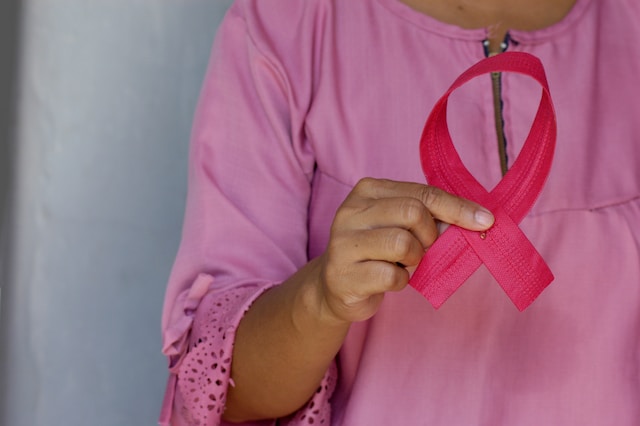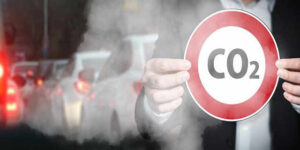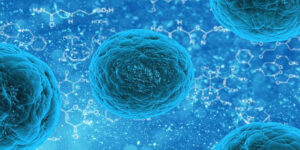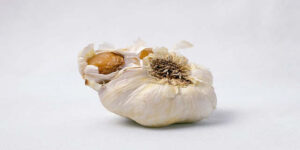Breast cancer is one of the most prevalent forms of cancer affecting women globally. While several risk factors have been identified, the connection between outdoor air pollution and breast cancer remains poorly understood. Researchers have been investigating the biological pathways that may explain this association, and a recent study by Jennifer L Ish and team from National Institute of Environmental Health Sciences, Durham, NC, USA. delved into the potential impact of fine particulate matter (PM2.5) on the composition of normal breast tissue. This article explores the findings of this study, shedding light on how air pollution might affect breast cancer risk.
The Study:
The research involved a diverse group of 3,977 individuals aged 18 to 75 years from the Midwestern United States who donated samples of normal breast tissue to the Susan G. Komen Tissue Bank between 2009 and 2019. The scientists used advanced machine-learning algorithms to analyze digitized biopsies of the breast tissue. By doing so, they could quantify the proportions of different components, including epithelium (lining of milk ducts), stroma (supportive tissue), and adipose (fatty tissue).
Associating Air Pollution with Breast Tissue Composition:
To investigate the possible link between PM2.5 and breast tissue composition, the researchers assigned annual PM2.5 levels to each participant’s residential address based on the year the tissue was donated. They then employed a statistical technique called predictive k-means to group individuals with similar PM2.5 chemical composition into clusters. Linear regression analysis was used to examine the associations between PM2.5 and breast tissue components.
The Findings:
The results showed that higher levels of residential PM2.5 were associated with a lower proportion of breast stromal tissue. Stromal tissue plays a crucial role in providing support to the breast’s structure and function. On the other hand, PM2.5 levels did not seem to have a significant impact on the proportion of epithelial tissue, which lines the milk ducts.
Interestingly, when looking at the epithelium-to-stroma proportion (ESP), the researchers found that the association between PM2.5 and ESP depended on the specific chemical composition of PM2.5 in the area. Overall, there was no substantial association between PM2.5 and ESP. However, among a cluster of individuals living in urban, Midwestern areas with higher concentrations of nitrate (NO3-) and ammonium (NH4+), there was a positive association between PM2.5 and ESP.
Implications:
These findings suggest that outdoor air pollution, specifically PM2.5, might play a role in breast cancer development. The study highlights the possibility that changes in breast tissue composition could be a potential pathway by which air pollution impacts breast cancer risk. Understanding these mechanisms is crucial for developing effective preventive strategies and policies to reduce breast cancer incidence.
Considerations:
The study underscores the importance of considering the variability in PM2.5 composition when studying its impact on breast cancer risk. Different regions may have unique mixes of PM2.5 particles, which can influence how they interact with breast tissue.
Conclusion:
While further research is needed to fully understand the precise mechanisms underlying the link between air pollution and breast cancer, this study provides valuable insights. The association between PM2.5 and breast tissue composition suggests that air pollution may indeed contribute to breast cancer risk. As we continue to grapple with the impact of environmental factors on our health, this study highlights the significance of monitoring air quality and developing measures to minimize exposure to harmful pollutants. By better understanding the risks associated with air pollution, we can take steps towards reducing breast cancer incidence and improving overall public health.
Refrence
https://pubmed.ncbi.nlm.nih.gov/37224678/
DOI: 10.1016/j.envint.2023.107984
Photo by Angiola Harry on Unsplash







